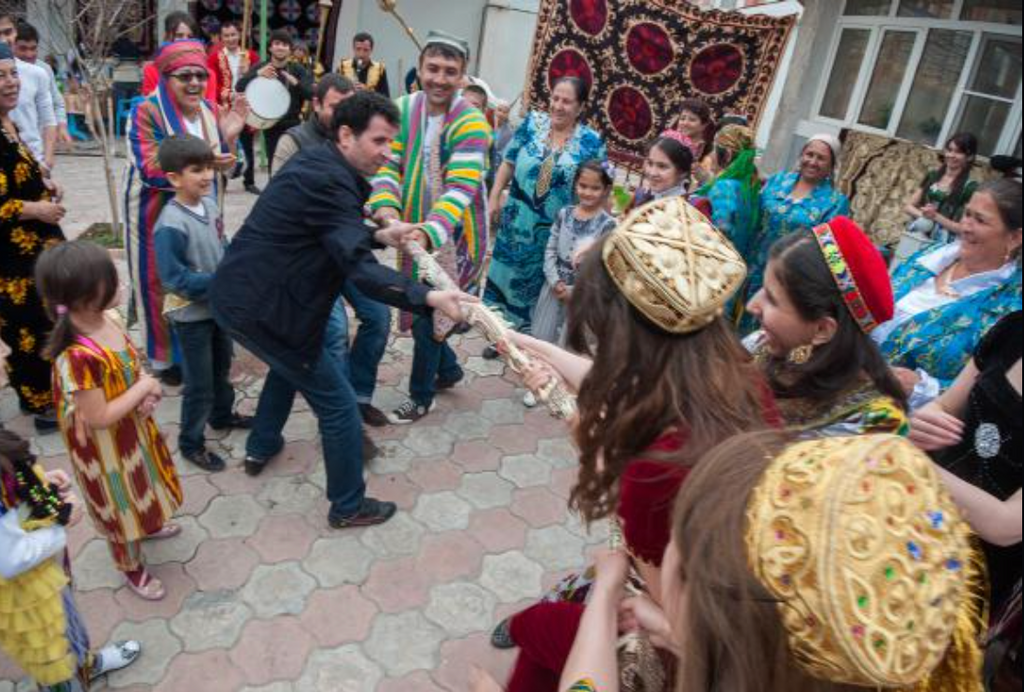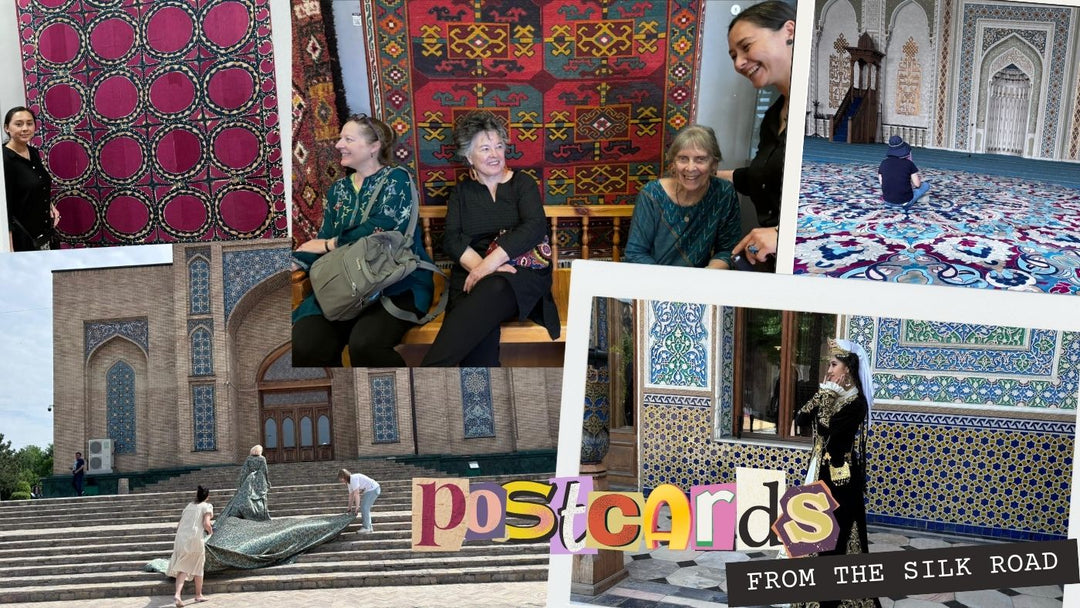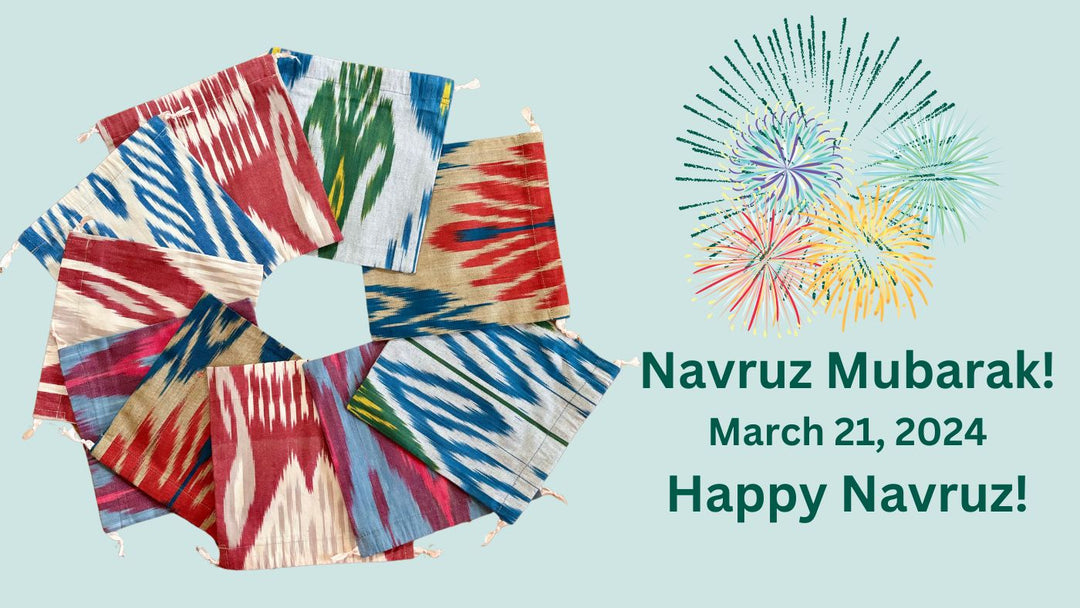Navruz (sometimes seen as “Nowruz” or "Nawruz") celebrations took place last week in our partner countries! Navruz (meaning “New Day” in Farsi and Tajik) marks the start of spring and is the largest festival period throughout Central Asia. Also known as the Persian New Year, Navruz has an estimated 3,000+ year history originating from Zoroastrianism. In 2016, Navruz was inscribed into the UNESCO Representative List of the Intangible Cultural Heritage of Humanity.

Navruz coincides with the spring equinox (when the length of day and night is the same), which falls on March 20th or 21st. The celebrations often last for up to a week, and include food, dancing, music, family and community celebrations. Following the independence of the Central Asian republics after the collapse of the Soviet Union, Navruz was recognized throughout the region as a national public holiday, lasting several days in some countries. Each Central Asian country and region has its own traditional variations on the Navruz celebrations, but this festival is generally recognized as the most colorful showcase of traditional culture in the region.

Traditional games, like tug-of-war, are a popular part of Navruz celebrations. (Photo: Copyright 2016, Bakhriddin Isamutdinov.)
 Arm wrestling at Navruz 2016 in Tajikistan. (Photo: Copyright 2016, Bakhriddin Isamutdinov.)
Arm wrestling at Navruz 2016 in Tajikistan. (Photo: Copyright 2016, Bakhriddin Isamutdinov.)
Lively folk festivals spill over into lavishly decorated village streets, while city fairs overflow with handicraft souvenirs. In rural areas, traditional sports competitions attract enthusiastic audiences. Especially popular are equestrian tournaments.
 A buzkashi game in Nochi in the Gissar Valley of Tajikistan. (Photo: Copyright 2016, Bakhriddin Isamutdinov.)
A buzkashi game in Nochi in the Gissar Valley of Tajikistan. (Photo: Copyright 2016, Bakhriddin Isamutdinov.)
In Tajikistan, people do their spring-cleaning in preparation for the holiday and dress up in their best clothes. Tajiks also prepare for Navruz spiritually by paying debts and forgiving old insults.
Traditional games play a big part in Navruz celebrations, especially in the rural areas. For the grown-ups there is horseracing, wrestling, tug-of-war, arm-wrestling and buzkashi, a game played on horseback using the headless body of a goat. Traditionally, girls play jump rope and boys play jacks with animal bones known as “bujulbozi.”
 Haft sin table in Tajikistan.
Haft sin table in Tajikistan.
Food is central to the Navruz celebrations throughout the region. One of the traditions is to set a festive “haft sin” (literally “7 s’s”) table with seven dishes or items that begin with the letters “s” and “sh”. Each country has its own food specialties for the holiday celebrations.
Sumalak: Special Navruz Treat in Tajikistan and Uzbekistan |

In Tajikistan and Uzbekistan, a perennial favorite Navruz treat is “sumalak,” a sweet taffy-like paste prepared from wheat germ and flour. Although usually cooked the night before Navruz, sumalak can be made any time in early spring. The time-consuming process involves cooking the newly sprouted wheat in a huge cauldron for approximately 24 hours. The mixture must be stirred constantly, and in order to accomplish the task friends, relatives and neighbors are invited to come and help.

Munira Akilova's family gathered for sumalak-making ten years ago in Khujand.
 Munira's family pot of sumalak, ready to eat.
Munira's family pot of sumalak, ready to eat.
If you want to try your hand at sumalak, check out this Uzbek recipe. And if you’d like to see the process of sumalak preparation, watch this video.
During our Online Experience a few days ago, Munira reported that the traditional Navruz celebrations in Tajikistan were muted by the pandemic this year. Many public festivals were delayed or canceled. With so many families having lost loved ones to the pandemic, it was hard to feel the usual holiday spirit. Many families, like Munira’s, simply didn’t didn’t bother to celebrate Navruz at all this year. (Does this sound familiar?)
Our prayer is that by this time next year, the pandemic will have receded and the normal Navruz festivities will resume!
More Information About Navruz
Check out these short articles to learn more about the Navruz holiday:
1. Navruz Holiday in Central Asia
2. Navruz Holiday in Uzbekistan
3. Spring Fever: Navruz Celebrations in Tajikistan







Leave a comment